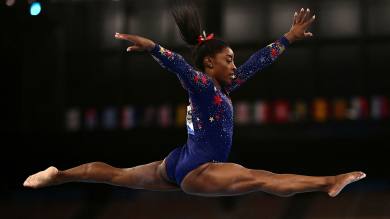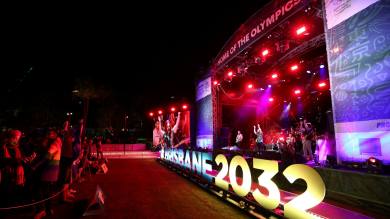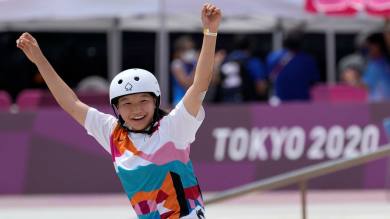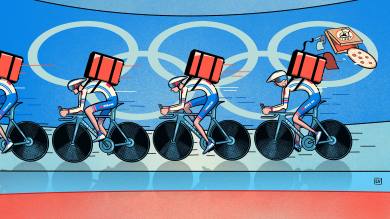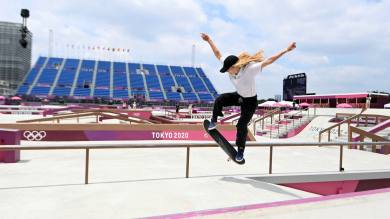Even before a single race was run in Tokyo, one thing was almost certain: by the end of the Olympic Games the US will top the medals table, followed by China and other large or wealthy countries. But how should we measure that success?
The conventional Olympic medals table tends to reflect certain underlying factors, such as population size, economic might and past performance. Large and rich countries typically lead the pack, while nations that take home a modest number of medals but punch well above their weight receive little attention.
With that in mind, the Financial Times’ alternative medal table ranks countries not by their total medal haul but by the difference to the tally they are expected to achieve, according to an economic model that takes into account their economic, social and political characteristics. A full description of the method used is at the foot of this story.
We will be updating this table throughout the Tokyo Games to track each country’s performance against what would have been expected from it at that stage of the competition, based on the events that have been completed and an updated version of an economic model produced by a team of labour economists ahead of the 2016 Games in Rio de Janeiro.
The research, by Julia Bredtmann, Carsten J Crede and Sebastian Otten, found that factors including medal hauls in past Games, population size and GDP per capita could explain roughly 95 per cent of the difference between countries’ final medal tallies, essentially creating a benchmark for assessing whether a country met, beat or fell short of expectations.
Previous research has also repeatedly shown that host nations — and countries preparing to hold subsequent Olympics — tend to out-perform those of similar size and wealth, as do nations with a recent history of having a planned economy. Conversely, majority-Muslim countries have underperformed.
“Countries in which women have more equal economic opportunities send more female athletes to the Games, and more athletes mean more chances to win medals,” said Bredtmann, one of the authors of the original study.
Methodology
To predict the baseline total number of medals each country might be expected to win in any given summer Olympics, we updated a linear regression model produced by Julia Bredtmann, Carsten J Crede and Sebastian Otten ahead of the Rio Olympics.
Mimicking the original work by Bredtmann, Crede and Otten, we built the same model and fitted it on data for each Summer Olympic year between 1992 and 2008, and then used it to predict the medals table at London 2012. The full model outperforms a naive model that uses only the number of medals a country won and the year of the Games.
We then fitted the same model on data up to and including the 2016 Rio Games, and used this to predict medal counts for Tokyo 2020 (using the latest available data for each input, i.e forecasts for GDP per capita and population in 2021).
Development by Emma Lewis.
Data and analysis by John Burn-Murdoch, Martin Stabe and Kazuhiro Kida.
